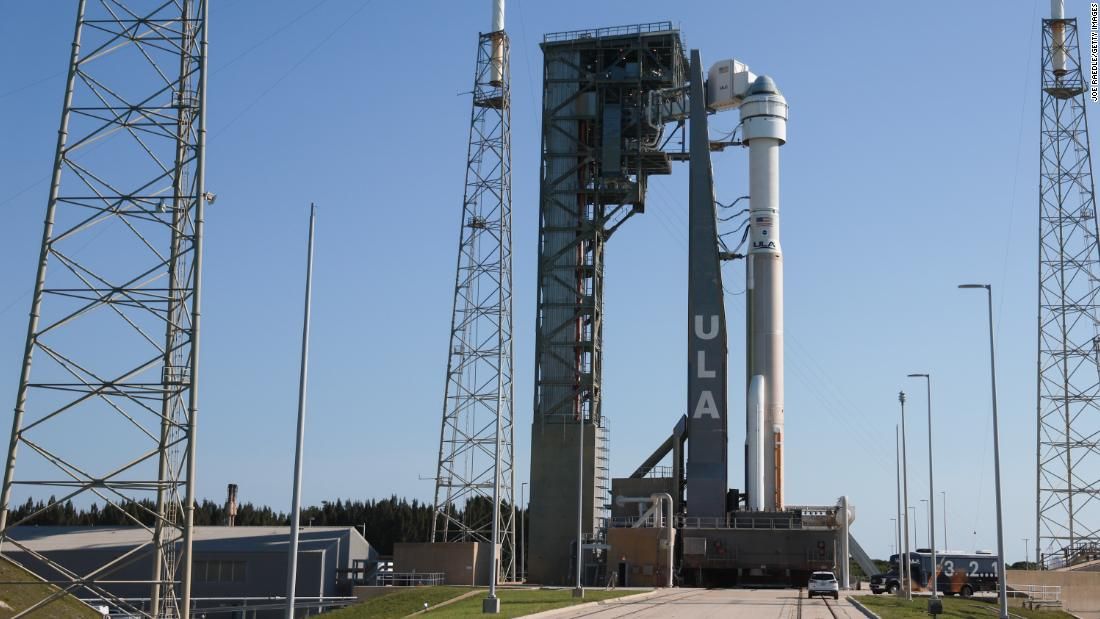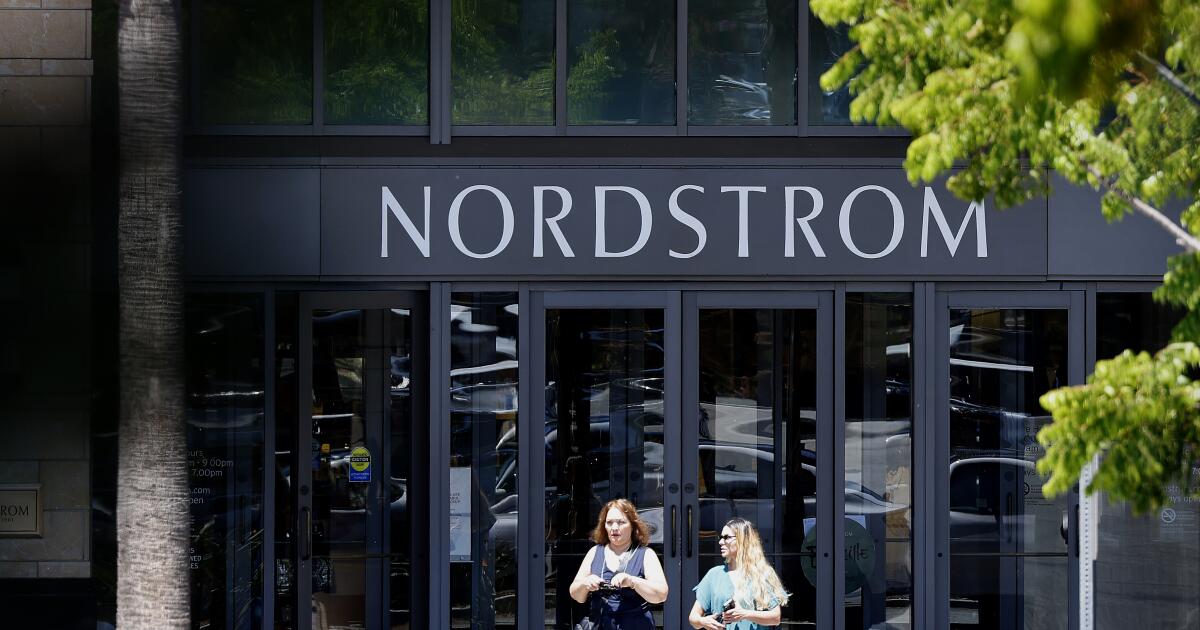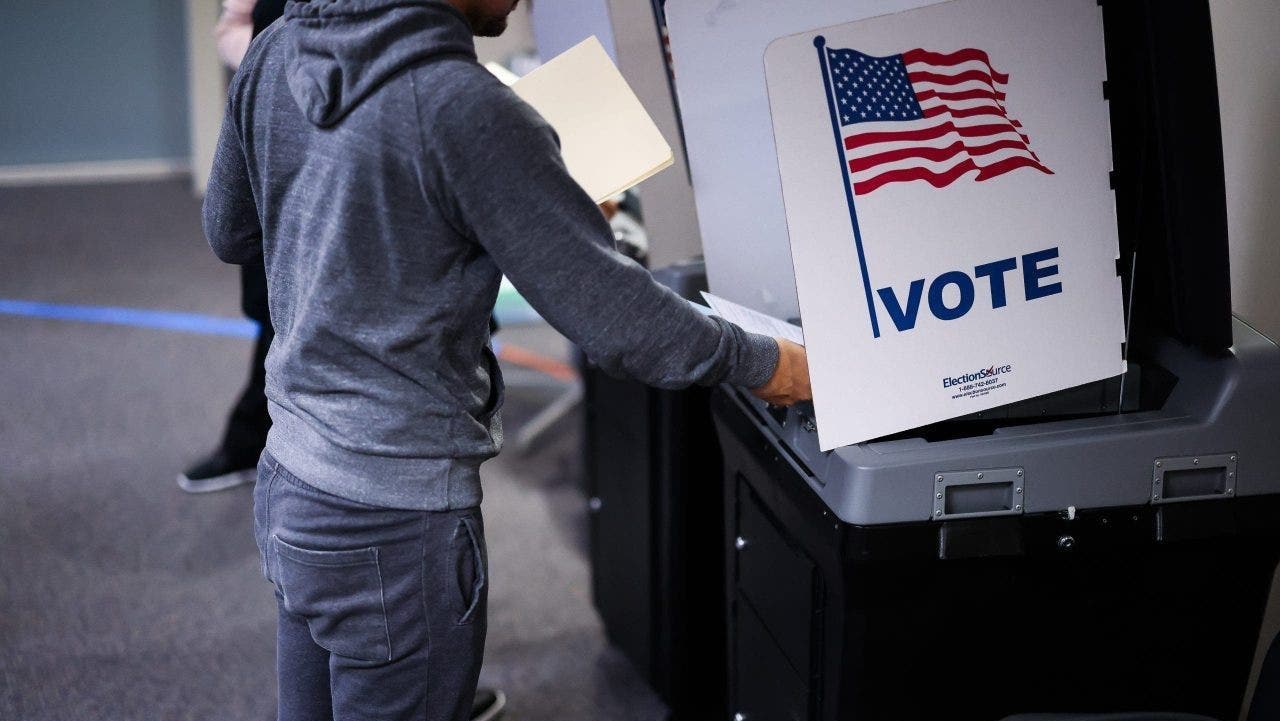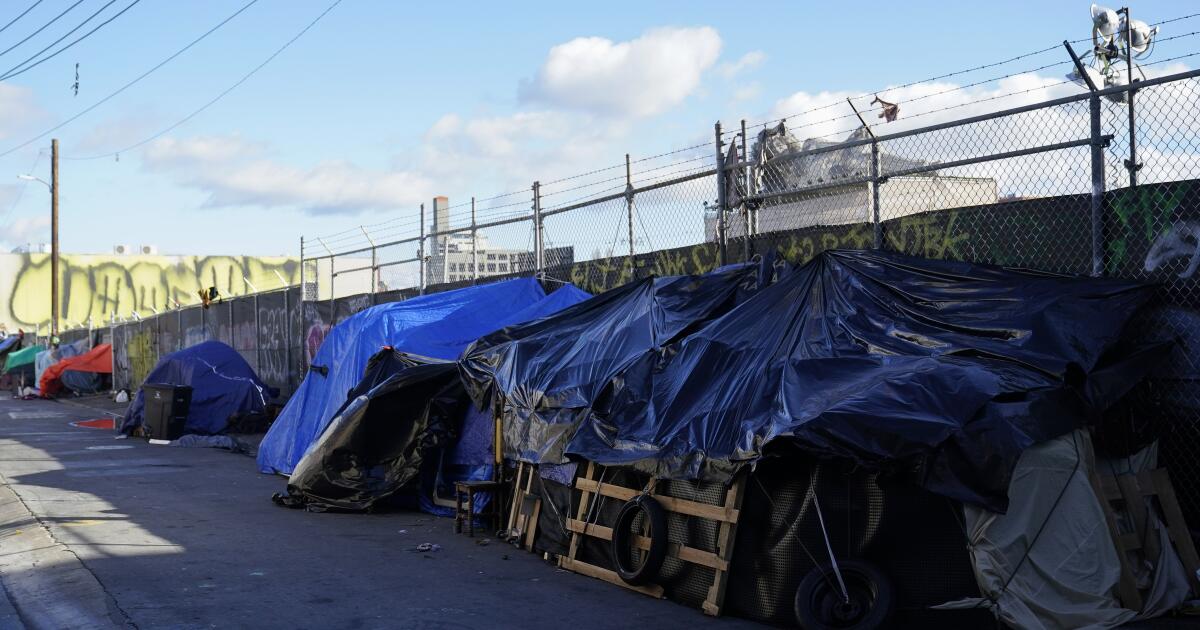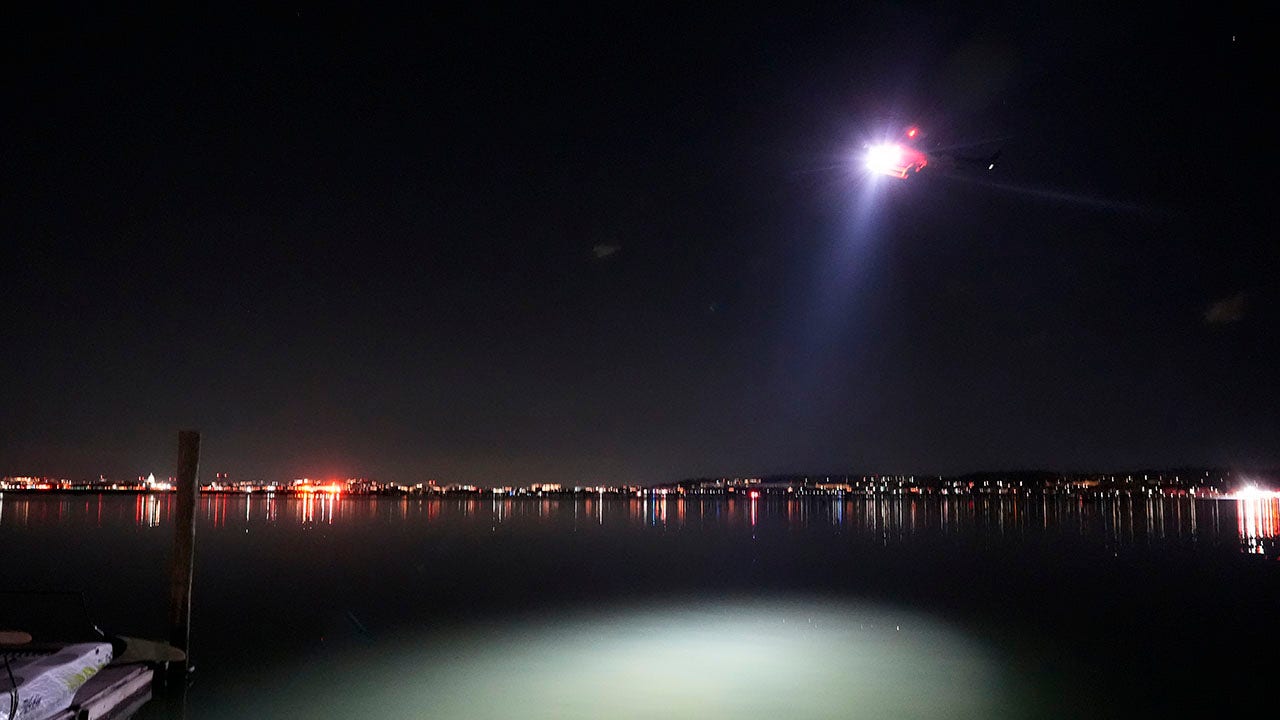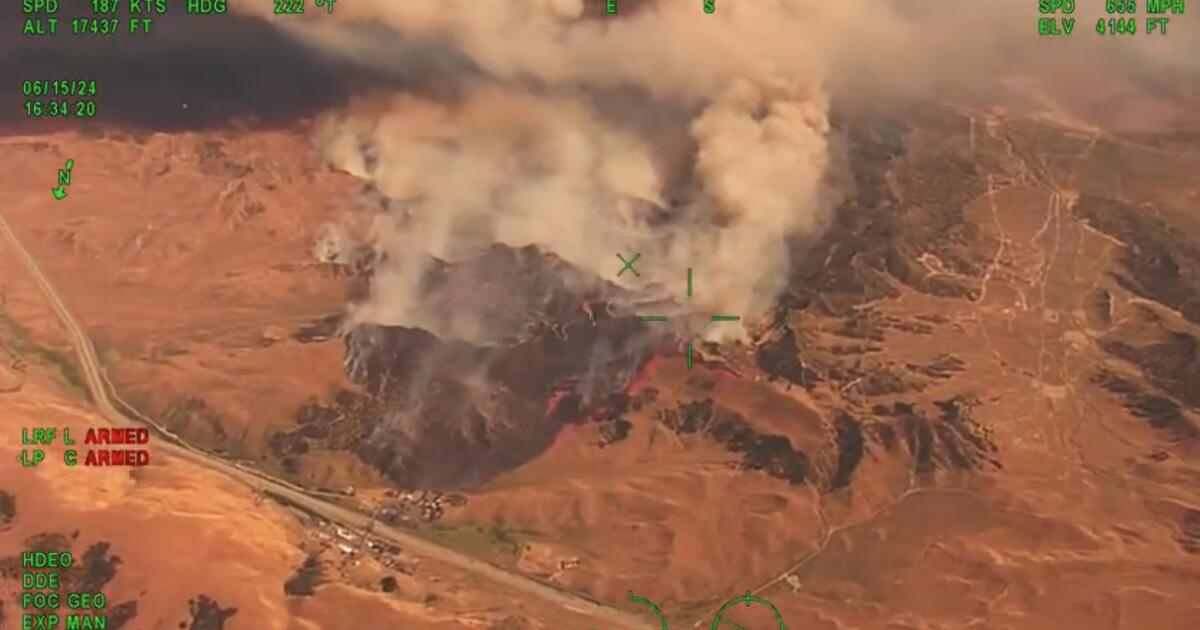Make no mistake: Today's launch is a big deal for Boeing.
The company's plane problems are one thing, but Starliner has had its own problems.
The spacecraft was developed under NASA's Commercial Crew Program, which began operations in 2014.
That's when the space agency awarded contracts to Boeing and SpaceX to develop spacecraft capable of taking astronauts to the International Space Station, taking over from the retired Space Shuttle Program. (Boeing got $4.2 billion, while SpaceX got $2.6 billion.)
Boeing, a close NASA partner that dates back practically to the agency's inception, was expected to lead the effort.
But SpaceX emerged as the forerunner and ended its Dragon development in 2020.
Boeing, however, has faced all kinds of setbacks: a failed test flight in 2019, countless delays and development delays, and embarrassing missteps. At points, some have even questioned whether Boeing would continue development of the Starliner.
For its part, Boeing has always maintained publicly that it was committed to Starliner and the company's agreement with NASA.
And now that a Starliner sits on the launch pad ready to transport two astronauts into the unforgiving vacuum of outer space, it's clear that Boeing meant it.
At a recent press conference, Mark Nappi, vice president and director of Boeing's Starliner program, reflected on the spacecraft's journey:
“We went through a pretty rigorous process to get here and really my source of confidence is going through that process,” Nappi said.

